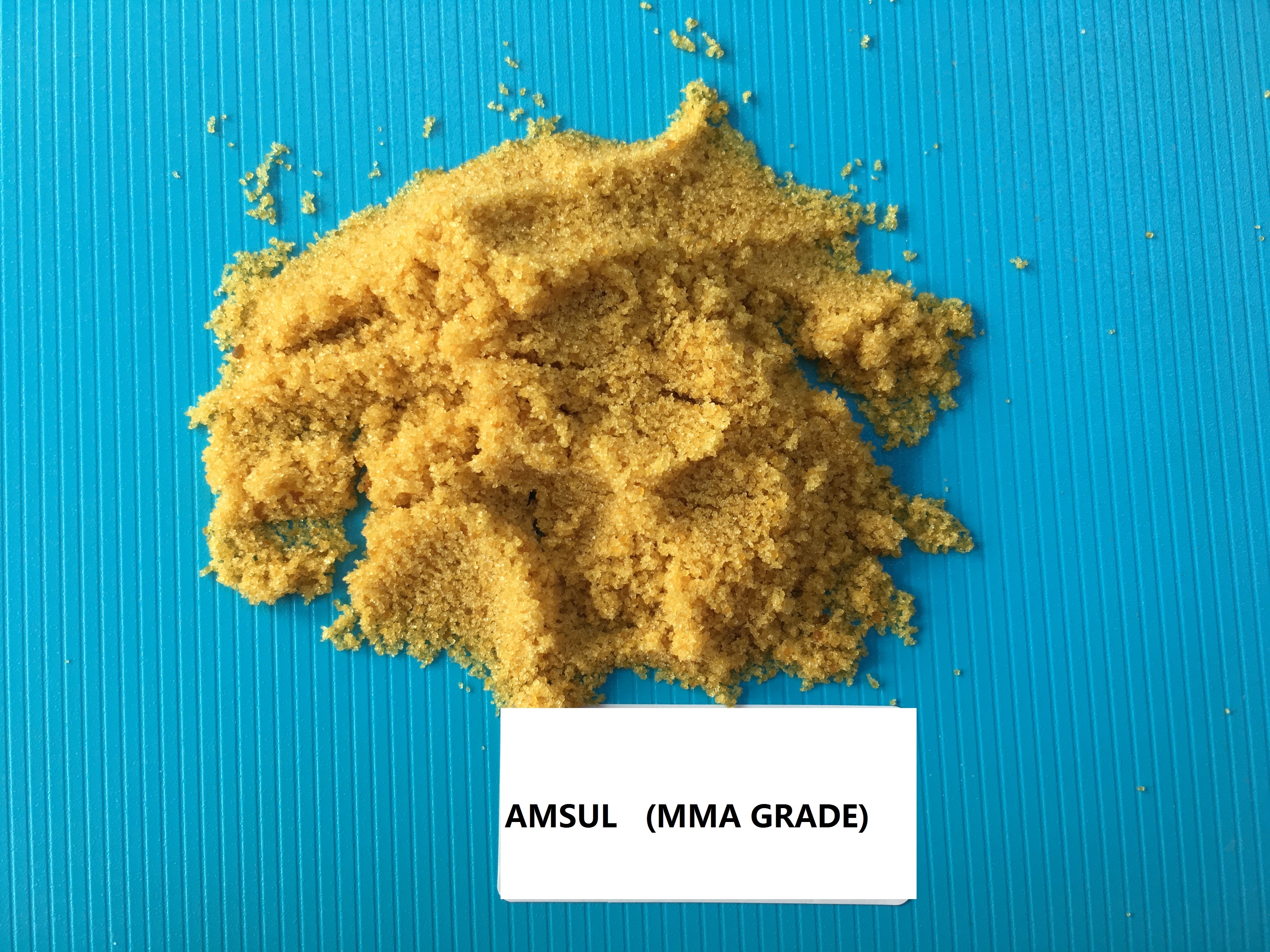
In the global agrochemical sector, granular ammonium sulfate has emerged as a high-performance nitrogen-sulfur fertilizer that meets the evolving needs of modern agriculture and horticulture. With increasing demand for precision nutrient delivery and sustainable crop production, this compound stands out due to its uniform particle size, excellent flowability, and low dust generation—key factors influencing application efficiency.
Unlike traditional powdered fertilizers, granular ammonium sulfate (NH₄)₂SO₄ offers consistent particle diameter between 2–4 mm, which ensures even spreading during mechanical broadcasting or drip irrigation systems. According to the International Fertilizer Association (IFA), this uniformity reduces nutrient loss by up to 15% compared to non-granulated forms in sandy soils—a critical advantage for farmers in arid regions like North Africa and Central Asia.
| Property | Granular Ammonium Sulfate | Conventional Powdered Form |
|---|---|---|
| Flowability (angle of repose) | <30° | >40° |
| Dust emission rate | Low (< 5%) | High (> 20%) |
| Storage stability (moisture absorption) | Excellent (≤ 0.5% over 3 months) | Poor (up to 3% moisture gain) |
In field crops such as wheat, rice, and maize, granular ammonium sulfate improves grain protein content by delivering both nitrogen (N) and sulfur (S)—a dual-nutrient strategy now recommended by FAO for soil health management. A case study from India’s Punjab region showed a 12% yield increase when replacing urea with a 50/50 blend of granular ammonium sulfate and diammonium phosphate (DAP).
For horticultural use—especially in greenhouse vegetable cultivation—the product’s low salt index (< 150) prevents root burn, while its fast-release N profile supports rapid vegetative growth. In Spain, tomato growers using this fertilizer reported a 17% reduction in leaf yellowing symptoms linked to sulfur deficiency.

The global granular ammonium sulfate market is projected to grow at a CAGR of 4.7% from 2024 to 2030, reaching USD 12.3 billion, driven by rising adoption in emerging markets like Brazil, Vietnam, and South Africa. Key drivers include:
Compared to alternatives like urea-ammonium nitrate (UAN), granular ammonium sulfate excels in environments where sulfur deficiency is common—such as in European clay soils or Southeast Asian paddy fields—making it a strategic choice for forward-looking agronomists.
).jpg)
To capture B2B buyers effectively, companies must move beyond generic listings and focus on targeted digital campaigns. Our data shows that websites featuring educational content—such as “How to Choose the Right Nitrogen Source for Your Crop” or “Why Granular Ammonium Sulfate Outperforms Urea in Sandy Soils”—see a 3x higher conversion rate from leads to inquiries.
Key tactics include:
By combining technical credibility with user-centric storytelling, brands can build trust and drive qualified traffic—not just clicks.
.jpg)
If you're looking to position your business as a trusted supplier of premium fertilizers, don't wait until the planting season starts. Start building authority now with actionable insights that resonate with real-world users.
Download Our Free Guide: "Top 5 Reasons Farmers Choose Granular Ammonium Sulfate"
